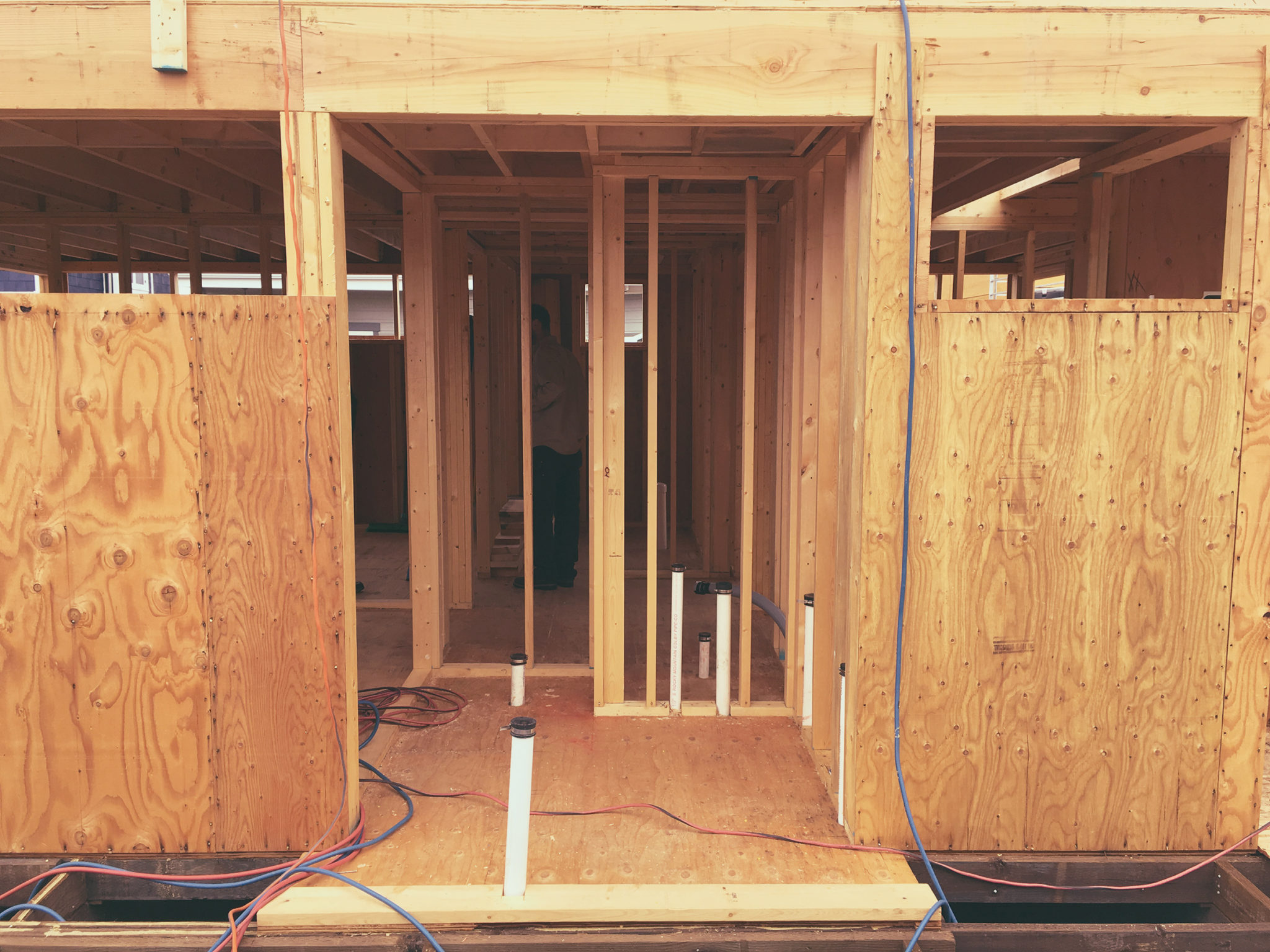At some point during your family’s home ownership you will likely face the need for more or different space that raises the question- should you make the improvements in the existing house, or sell it and buy something else that comes closer to meeting your needs. The circumstances, values, and priorities of each case will bring a different solution to each family, and there is no absolute right answer. At some point during your family’s home ownership you will likely face the need for more or different space that raises the question- should you make the improvements in the existing house, or sell it and buy something else that comes closer to meeting your needs. The circumstances, values, and priorities of each case will bring a different solution to each family, and there is no absolute right answer.
There are four basic areas of consideration that are common to every case- Financial, Personal, Community, and Physical- and each has several important issues. This list covers the most common questions that your family will face, and by going through them you can be assured that something important isn’t being overlooked and that a thoughtful review will reveal the best answer.
As you go through these questions you will find that some are easier to answer than others, or that some answers are more readily measurable- how long is your commute?- than others, which may be more subjective- how much do you like your neighborhood? Invariably, your answers will fall on both sides of the larger question and you will have to weigh their relative importance to you. As you do this, be aware that it is normal human nature for your decision to align with the easier or more measurable answers.
Furthermore, it is also normal for your answers to the easier questions to influence your answers to the harder ones. If you first decide you hate your commute, that is likely to unconsciously influence your opinion of your neighborhood despite the fact the two are probably unrelated. In order to be as fair to yourself as possible, answer the hard questions first, and then go to the easier ones. If you can apply that bit of discipline to the process you will find that all your needs and issues will be weighed more appropriately in the final decision.
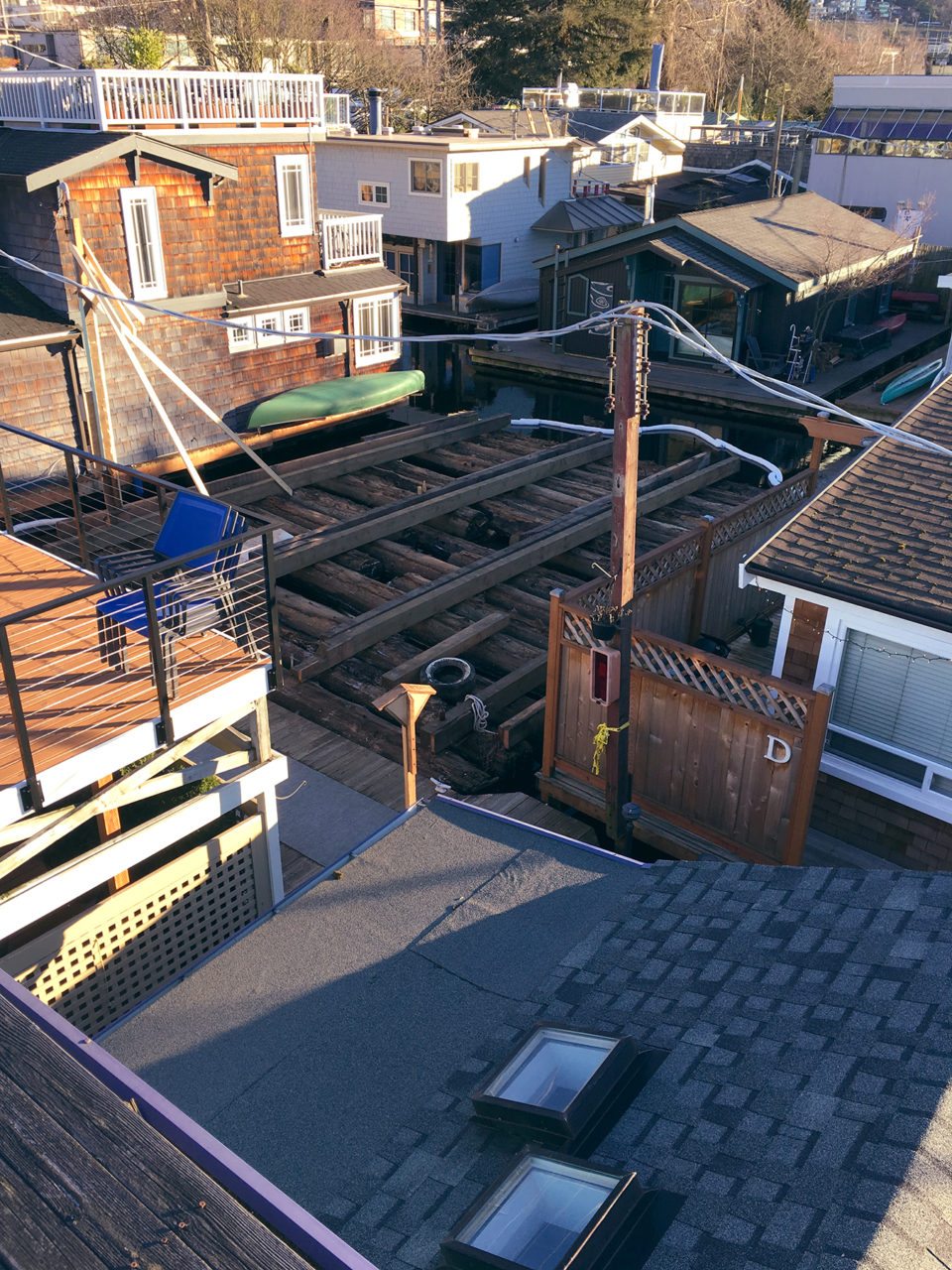
Financial Considerations
1) What is the whole cost of the change to build up or buy up?
For remodels and additions, the cost of construction is only one piece of the total project cost. Construction costs include the price of materials, labor, project management time, and overhead & profit markup for the General Contractor and all his subcontractors. Project costs include:
- Professional service fees for the architect, engineer, surveyor, etc
- Permits
- Temporary relocation during construction
- Construction cost Taxes (full sales tax on entire construction cost in WA)
- Borrowing rates and fees
The cost to move to a new location also has many factors to consider beyond the price of the house. These include:
- Costs to spruce up and repair existing house to sell
- Real estate agent commissions @ 6%, + excise tax & closing costs @ 2-3%
- Moving costs
- Mortgage rates and terms
- Redecorating and remodeling the new home to suit your needs
2) What monthly payment can you afford, and/or what can you reallocate from your investments?
Take the time to evaluate your current assets, income and cash flow and reliable projections for changes in the future. Look at how costs may shift from one category to another (ie, moving closer to work eliminates $200/mo in commuting costs) and how the new debt situation will work into your total financial situation.
3) Is it important to recoup your investment in improvements when you sell?
Recovering the invested cost of an improvement is important for some people and not for others. Most major home improvements and additions have an investment recovery of between 60% and 80% at current market prices. The longer you defer selling your house, the longer you have for future home appreciation to recover the rest. Don’t just focus on the actual current cost analysis, also assign a real value to the improved quality of life that a major home improvement will provide to your family in the meantime.
4) Do you view your house as an active part of your portfolio investment strategy, or is it a separate asset?
For some people, their house is an active part of their wealth growth and retirement planning, and moving to take advantage of changing market conditions is important to them. For others, their house is more importantly a haven for personal well-being and a separate asset from their investment portfolio. The cost for a remodel or moving is going to have a very different priority for each of these homeowners.
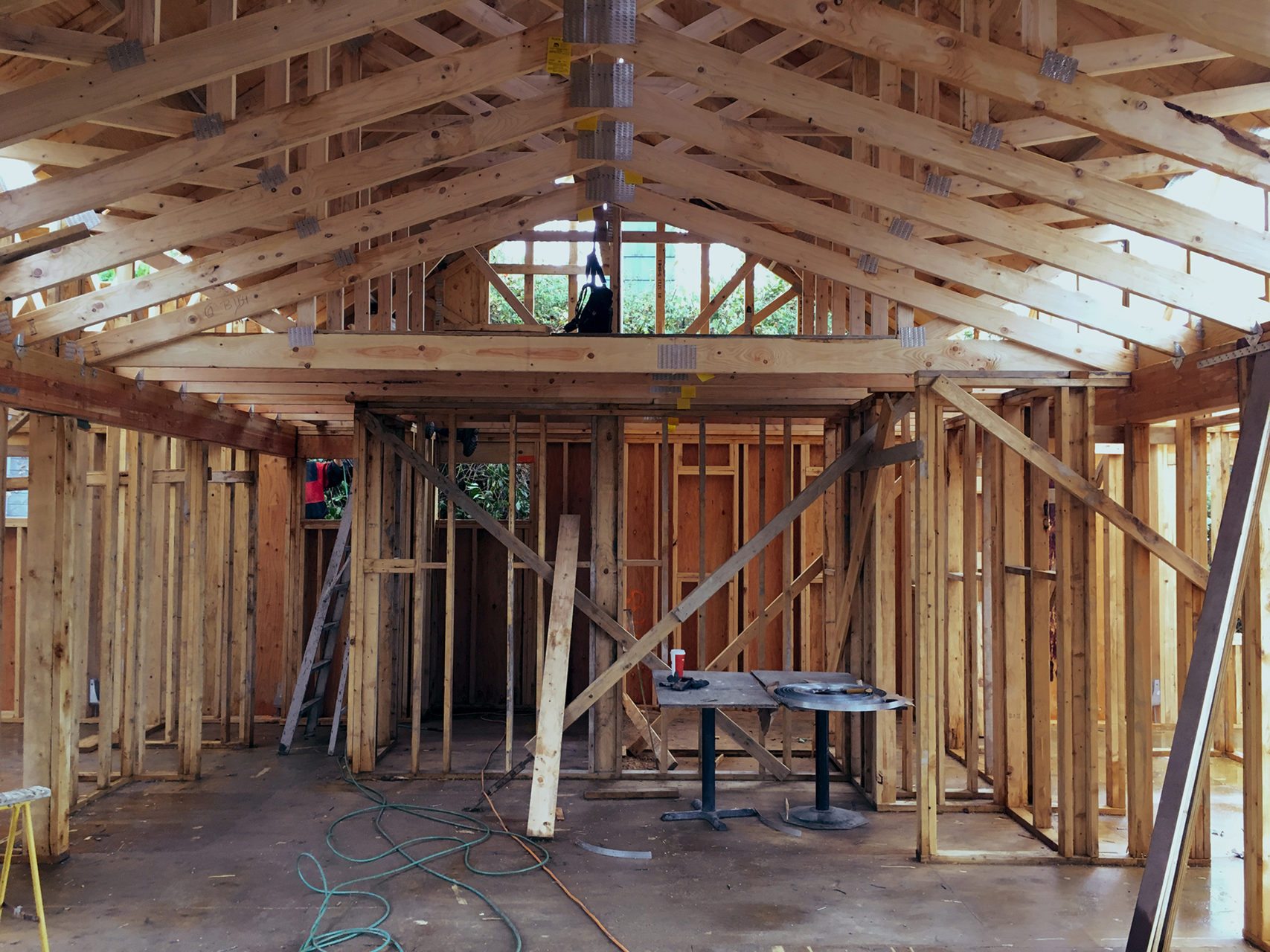
Personal Considerations
1) How long do you intend to stay in this location?
This will affect the time for future value appreciation to recover the cost of a remodel or addition. If one takes the very broad historical average of 5.4% annual appreciation, then a remodel that would recover 70% of its cost if sold today would take about 7 years for the home value to appreciate enough to recover it entirely. Of course markets ebb and flow in value much more than that, so market timing can often be a more important factor to cost recovery. And the longer you intend to stay in the house, the more time you will have to enjoy the improvements and your house will become more embedded in your family identity.
2) How important is your home environment to shaping and reflecting the life and lifestyle of you and your family?
Is your home basically just a place to store your stuff, eat and sleep, or do you invest enthusiastic energy in creating an environment that reflects who you and your family are and how you live. If making the place is important to you, then that intangible value should get some weight to balance with the more measurable financial issues.
3) Clarify the driving need(s) for these improvements. Are there other ways to satisfy the need that could be considered?
Some of the more common reasons for making the change include the following:
- Growing children, more children, guest accommodation
- Aging parents
- New business, home office
- Desire for tenant income
- Dream lifestyle fulfillment
- Space for hobbies and interests
4) How does this change connect to other plans, including long range plans, for you and your family?
Think about where your future is heading- how does the remodel or new house fit into the longer term plans for such issues as:
- Retirement- when, where, how
- Travel Business and career path
- Estate planning
- Current and future family size
- Future income projection
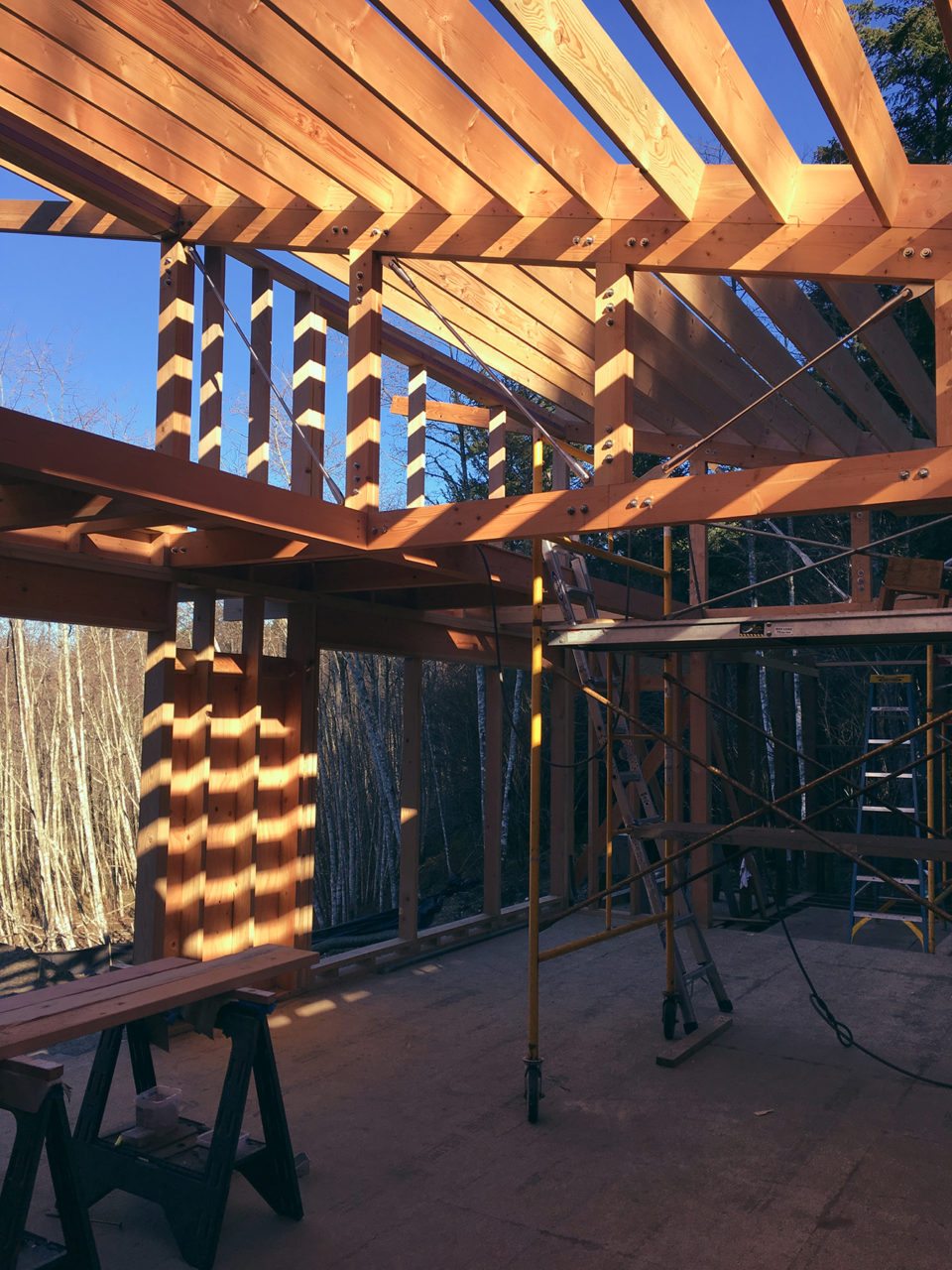
Community Considerations
1) How will the size of the completed project, or the new house, compare to others in the neighborhood?
How does the size and quality of your house compare to the neighborhood- is it average, one of the least valuable or one of the most valuable? There is much more room for future appreciation if you are improving one of the more modest homes on the block to match the average or upper end homes, just as there is a limit to the amount of improvement value that can be recovered when you push an already top valued house well past the neighborhood average.
2) What is the value to you of your neighbors and neighborhood, either existing or in the new location?
Love your neighbors and the neighborhood? Is the neighborhood highly regarded, are you an urban pioneer, is it trending up or down? Do you have great views, sit on a hill, or down in a valley? These factors should weigh in the consideration to stay and remodel or move. If you have a challenge with some of these factors, or a new location would be more convenient for them, then that should influence the decision to move.
3) What will your proximity and convenience be to work, school, shopping, transit, and other activities?
Despite the option to telecommute, most people still have to travel by car or public transit to get to work or see clients. If you are thinking of moving, take a test trip to your usual destinations (work, school, airport, doctor, etc) during the day and time you would normally do the commute.
4) Are there homeowners’ association (HOA) rules or zoning codes that will restrict or prevent you from fully implementing your plan?
If your home is part of an HOA, then check to make sure the changes you are considering are within the rules and guidelines and that the changes will be approved by the governing board. The same goes for checking into zoning and other codes to make sure you can do everything you intend.
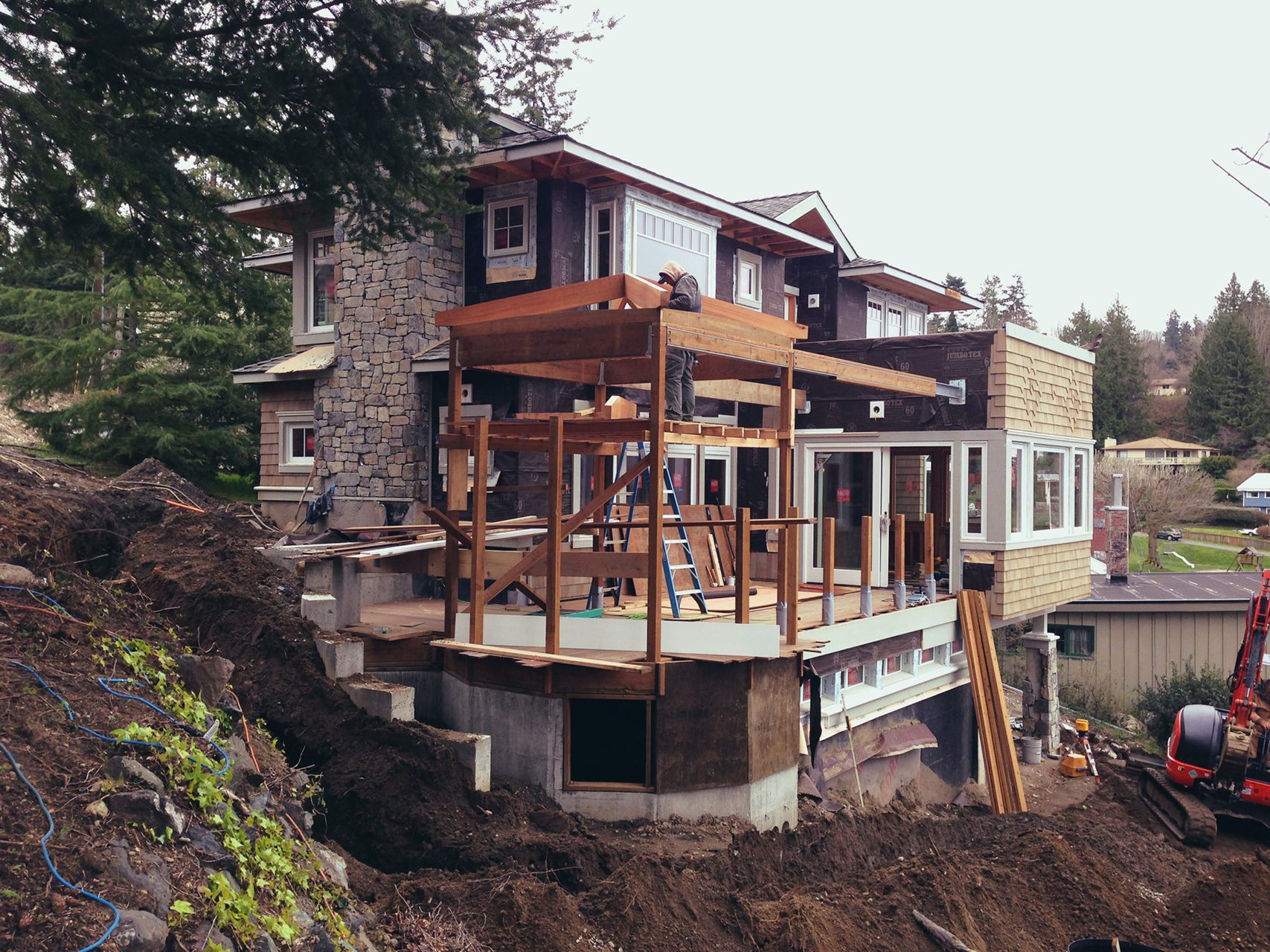
Physical Considerations
1) Where will new project go with respect to existing house?
The location of an addition will affect the extent of impact on the existing house and the associated cost of the construction.
- Adjacent- Usually the least invasive to the existing house, structurally independent, requires connection of utilities back into existing house.
- Atop- Will likely mean extensive alteration to lower floors for structural and utility work.
- Within- A remodel fully within the existing house can affect areas well outside the main area of work, such as new circuits going back to the electrical panel, duct and plumbing extensions, and structural modifications.
- Beneath- Sometimes the best way to gain space is to lift the house and add underneath it. As radical as this may sound, it can be a cost effective alternative.
2) How much upgrading to the existing house will the proposed changes require or trigger? At what point does a remodel become a tear down?
An architect or contractor can help assess how much impact the new work will have on the existing house. Often overlooked are the necessary connections to electrical circuits and panels, plumbing pipes and drains, ducts, and data lines, where the connection points may be well outside the main area of work. Opening up spaces and removing walls often means transferring structural loads down to the ground through other parts of the existing framing that will need to be reinforced. And some improvements may trigger an upgrade to current code requirements, such as for insulation or stairway configurations.As a broad rule of thumb, if you will be removing more than 50% of existing building it is cheaper and easier to take it all down.
3) What will be the identifiable changes to the house after the remodel, or what will they be in the new house?
While the build up or buy up may be motivated by changing family needs, it is important to determine what exactly you want to end up with. Will the result:
- Increase total square footage
- Add to the room count Improve the circulation, layout, and use of the spaces
- Upgrade finishes
- Improve energy use
- Make corrective maintenance improvements

